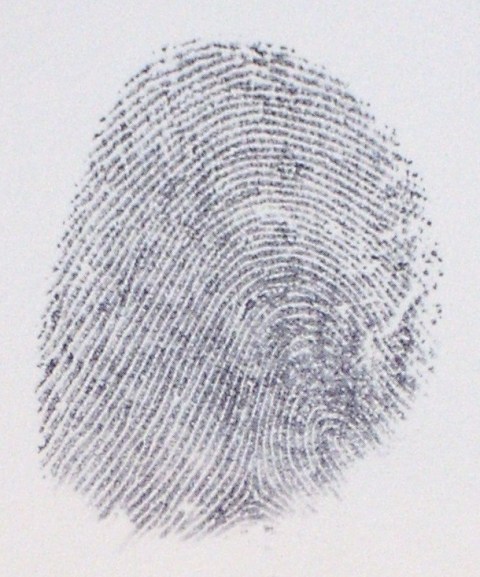PCR Helps to Create DNA Profiles from Fingerprints
DNA fingerprinting is a powerful tool in forensic science, traditionally requiring biological samples such as skin cells, blood, hair, or saliva. While fingerprints alone were not usually sufficient, recent advances in polymerase chain reaction (PCR) technology have made it possible to extract and amplify DNA directly from fingermarks left at crime scenes.

How PCR is Used with Fingermarks
DNA collected from fingerprints is often present in very small amounts and may be degraded or contaminated, making analysis challenging. Modern techniques now allow forensic researchers to bypass the traditional DNA extraction step, which can result in DNA loss or contamination. Instead, DNA can be collected using positively-charged fibres on a swab moistened with a non-ionic surfactant and then directly added to the PCR reaction. This approach preserves the limited DNA and allows for highly sensitive amplification.
Successful DNA Profiling from Fingermarks
After performing 29–30 PCR cycles, researchers have been able to generate usable DNA profiles from fingerprints alone. In one study:
170 fingermarks from 34 individuals were analyzed.
71% of samples produced DNA profiles with 12 or more alleles.
Less than 2% of samples yielded no DNA.
No DNA was detectable immediately after hand washing, highlighting the importance of sample timing.
This technique has already proven useful in real-world cases. For example, a fingermark collected from tape used in a drug seizure produced a DNA profile containing 31 dominant alleles and additional low-level alleles, indicating the presence of DNA from multiple individuals.
Advantages and Future Applications
Using PCR to generate DNA profiles from fingermarks offers several benefits:
Faster results : bypassing the extraction step reduces processing time.
Lower costs :fewer reagents and steps are required.
High sensitivity :even small quantities of DNA can be amplified for analysis.
While further validation is needed, this technique has the potential to revolutionize forensic investigations, enabling crime laboratories to obtain DNA profiles from fingermarks more efficiently and effectively.